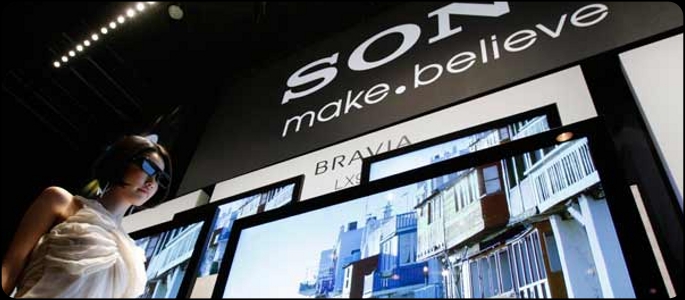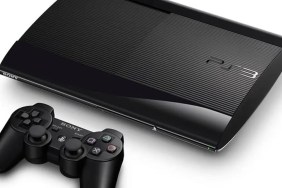3D has been a bit of a wild animal since its re-emergence in the past couple years. Polarized 3D has been gaining momentum as pricing has come down to make it more competitive, but many consumers still complain about having to wear glasses to enjoy its effect. Because of this, a glasses-free alternative has appeared, and Nintendo quickly employed it as the main ingredient for its new handheld, the 3DS. However, Sony sees this new style of 3D as a step backward, and decided to comment on the battle between the two.
Sony has been the biggest proponent for 3D this generation, adding firmware to provide 3D support on the PlayStation, and even announcing an extremely affordable 3DTV bundle for $499.99. Now that glasses-free technology is on store shelves, the pressure is on, but Sony isn’t too worried. Mick Hocking, senior director at Sony Worldwide Studios stated:
The problem with glasses-free, or auto-stereoscopic as it’s called, is that it has inherent limitations.
What limitations does that include you ask? Sony says:
With stereoscopic 3D, however you do it, you’ve got to get one image to the left eye and one image to the right eye to produce the stereoscopic effect. So with all these screens they typically have a sweet spot for where you need to put your head in distance and in angle, and if you move your head relative to it, you break the 3D effect until you get into the next pair of images, and you see artefacts going across the screen.
Nintendo’s 3DS has been one of the first mass-market devices to include glasses-free 3D, and much of its feedback conveys the same message as above. First of all, the effect isn’t nearly as noticeable, so its a step backward in that regard. More importantly, having to stay within the “sweet spot” to enjoy the visual experience comes with its share of problems. Users have reported serious eye-strain as well as fatigue, which is likely due to having to avoid movement to enjoy the effect.
The 3DS isn’t the only glasses-free device, though. Toshiba, among other companies, has released living-room sized TVs that provide the same effect. Similarly, they haven’t caught on well, at least based on sales data. Viewing angles are a serious hurdle, and pricing is an even larger barrier than with its polarized counterpart.
So what does this mean for Sony? Well, the company is continuing to employ it has a major part of its modern library, and it’ll have to continue to sell it as a long-term solution. Now that the cat is out of the bag that Sony is testing virtual reality headsets, that might be even more difficult than we initially imagined.
[Source]








